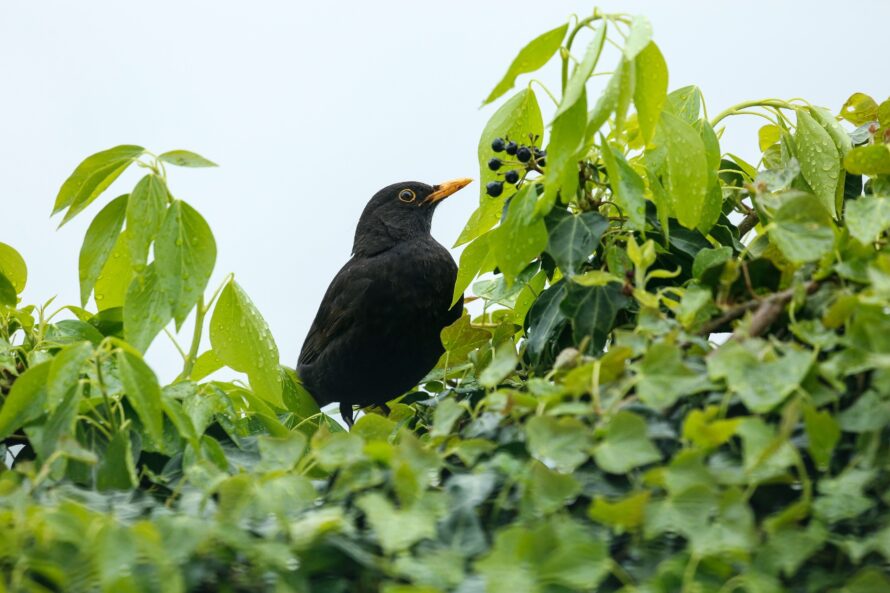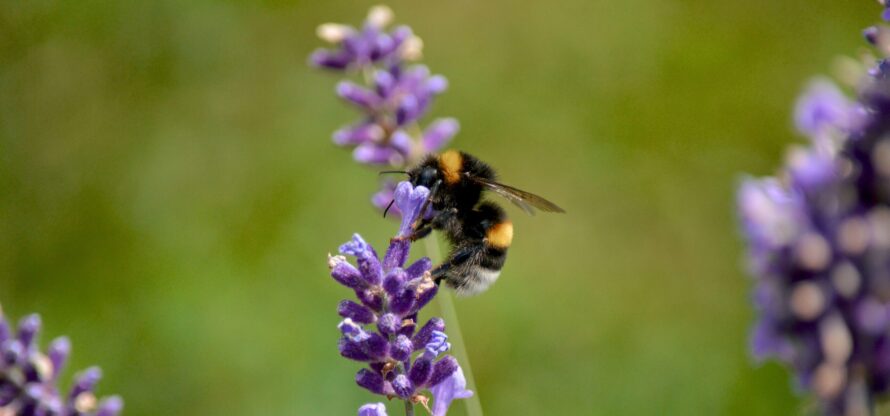Rudloe Wombles Recognised by Wiltshire Council and idverde for Community Impact
The Rudloe Wombles litter-picking group has been formally recognised by Wiltshire Council and idverde for their significant contribution to the Box Parish community.
Grounds Maintenance, Landscape Creation, Arboriculture, Sports Surfacing, Parks management, IOS Managing Safely Training, Ecology & Biodiversity, Grass cutting, Horticulture, Street Cleaning, Soft Landscaping, Hard Landscaping
idverde provides a wide range of green services, including grounds maintenance, landscape creation, and advice services, to both private and public sectors across the UK.
Spring is a wonderful time of year, when nature awakens from its winter slumber and bursts into life.
Some of the first signs of spring that you can look out for in your garden and local area is the arrival of delicate blossoms which provide nectar and pollen for early pollinators, such as bees and butterflies. You may also spot some of the earliest spring flowers, such as snowdrops, crocuses, colt’s foot, wood anemone, cuckoo flower and bluebell.
Spring is also a time of activity and migration for many birds and animals. You may hear the cheerful song of birds, such as robins, blackbirds, wrens and chiffchaffs, as they establish their territories and attract mates. Some birds, such as swallows, swifts and cuckoos, return from their wintering grounds in Africa and Asia, while others, such as geese, ducks and waders, depart for their breeding sites in the north.
You may also see mammals, such as hedgehogs, bats and dormice, emerging from their hibernation and looking for food and mates.

![hedgehog-1630031 [pixabay]](https://www.idverde.co.uk/wp-content/uploads/fly-images/24098/hedgehog-1630031-pixabay-scaled-890x0.jpg)
As the days lengthen and temperatures rise, hedgehogs emerge from their cozy hibernation nests. These spiky creatures have spent the winter months conserving energy, surviving on stored fat.
Interestingly, hedgehogs lose about one-third of their body fat during hibernation. This weight loss is essential for their survival, as it allows them to endure the scarcity of food during colder months.
Once spring arrives, hedgehogs venture out in search of sustenance. They’ll forage for insects, worms, and other small prey to replenish their energy reserves.
To support hedgehogs during this critical time, consider leaving out shallow dishes of water and providing supplementary food like cat or dog food (not milk, as it can upset their stomachs).
Bats, too, emerge from their winter slumber as spring unfolds. These nocturnal creatures have been tucked away in crevices, caves, or tree hollows, conserving energy during the colder months.
Spring signals the return of insects, which form the primary diet of most bat species. As temperatures rise, insects become more active, providing a vital food source for hungry bats.
Bats play a crucial role in controlling insect populations, especially pesky pests like mosquitoes. Their nightly flights contribute to maintaining ecological balance.
To support bats, consider installing bat boxes or providing suitable roosting sites in your garden. These structures mimic natural roosts and offer safe shelter for these fascinating mammals.
In partnership with the RSPB and with the arrival of spring, we have created a bingo card to use in your garden, local parks or forests. How many can you spot?
To help the environment, we have made the downloadable version of this bingo card interactive. Simply download the PDF to your mobile device and tick the boxes on your screen if you come across one of the signs of spring!
